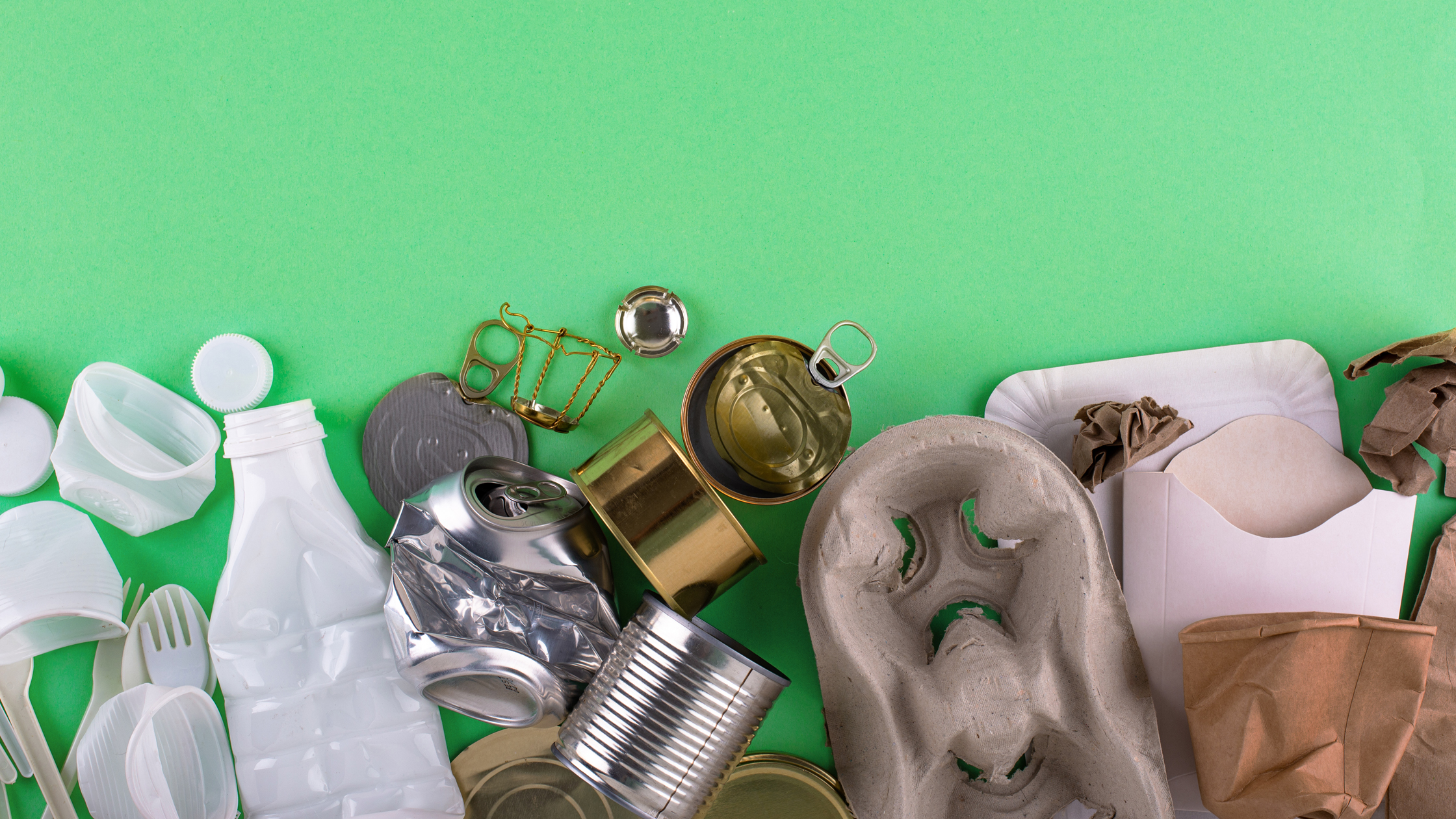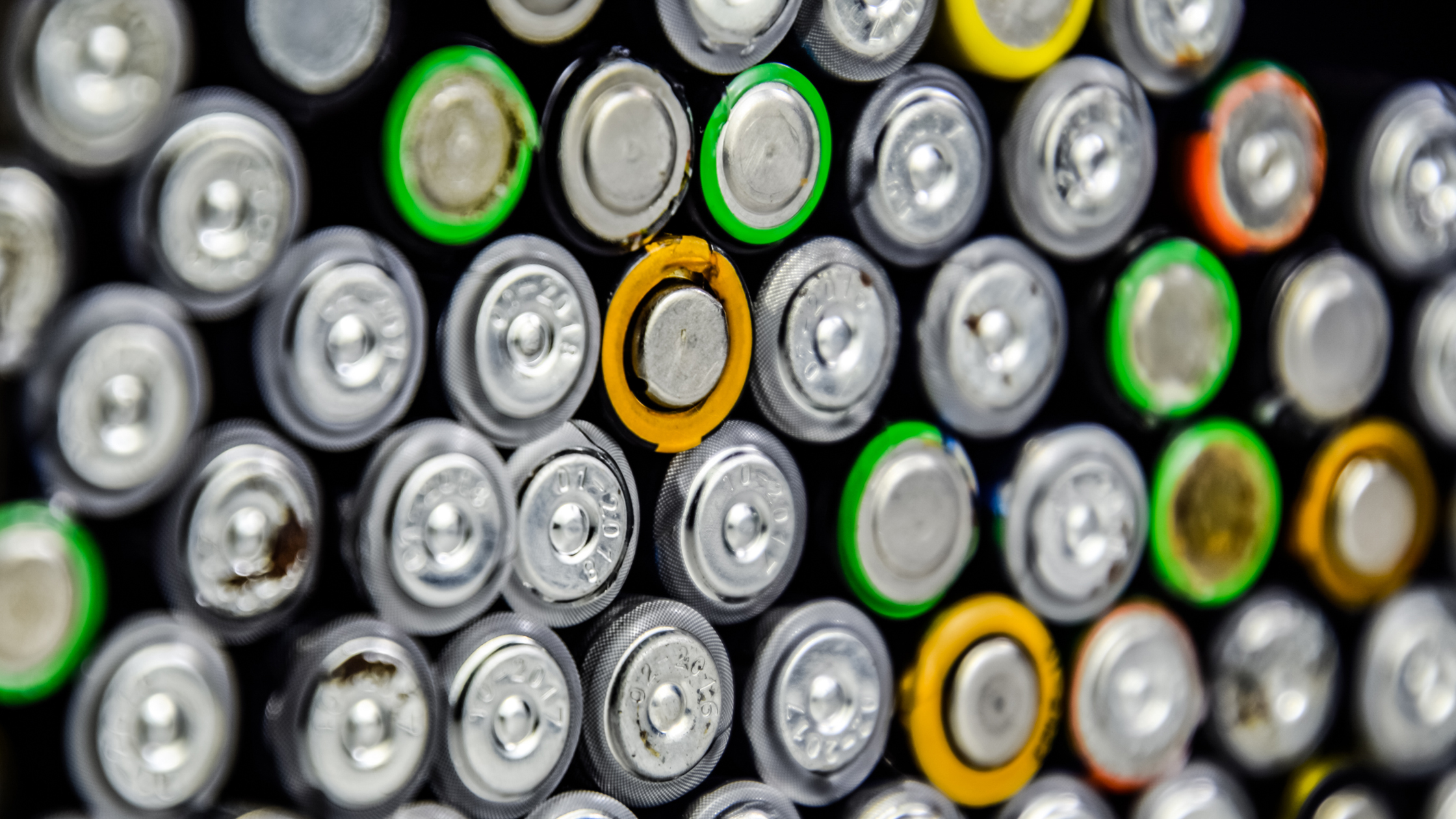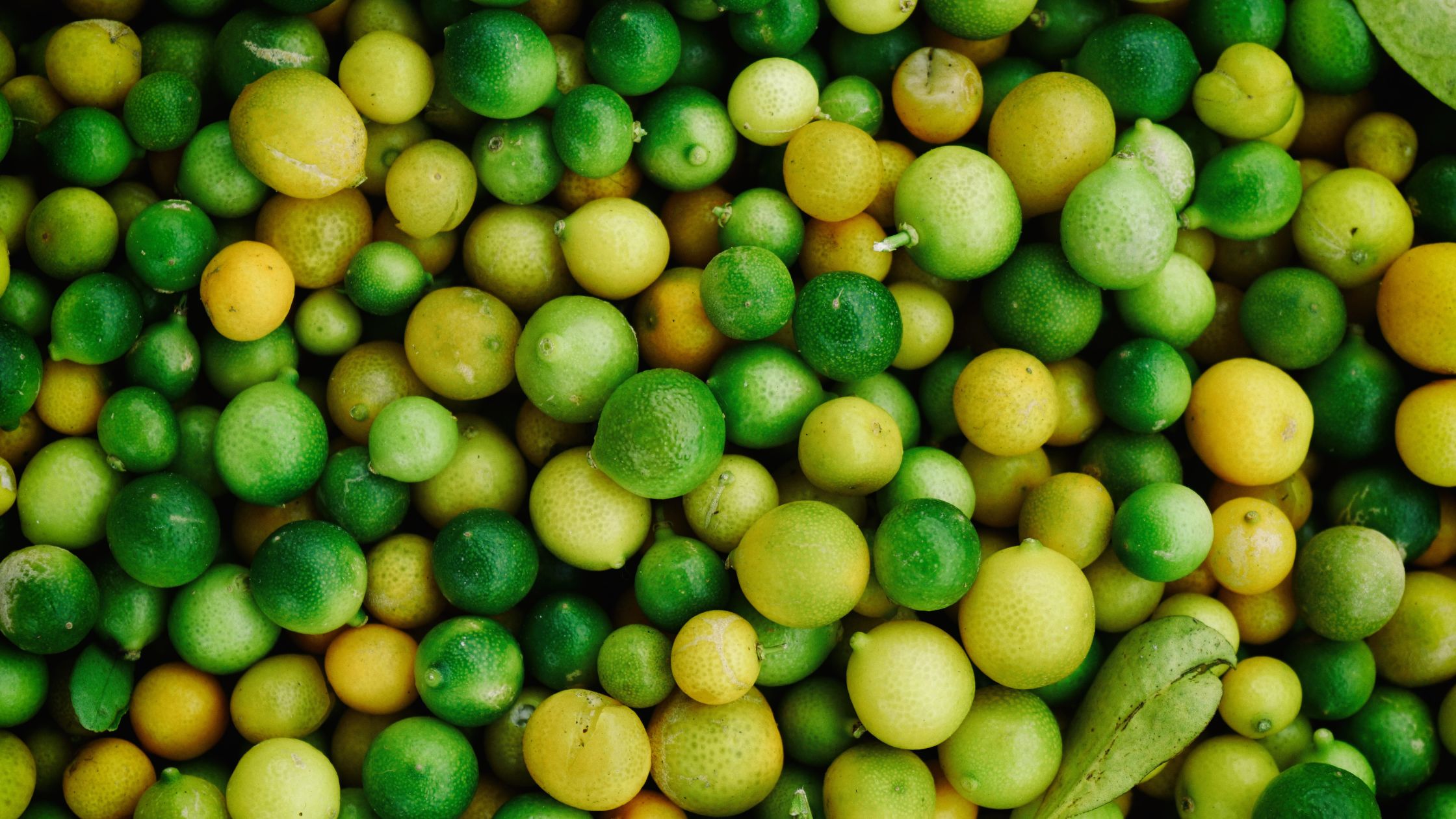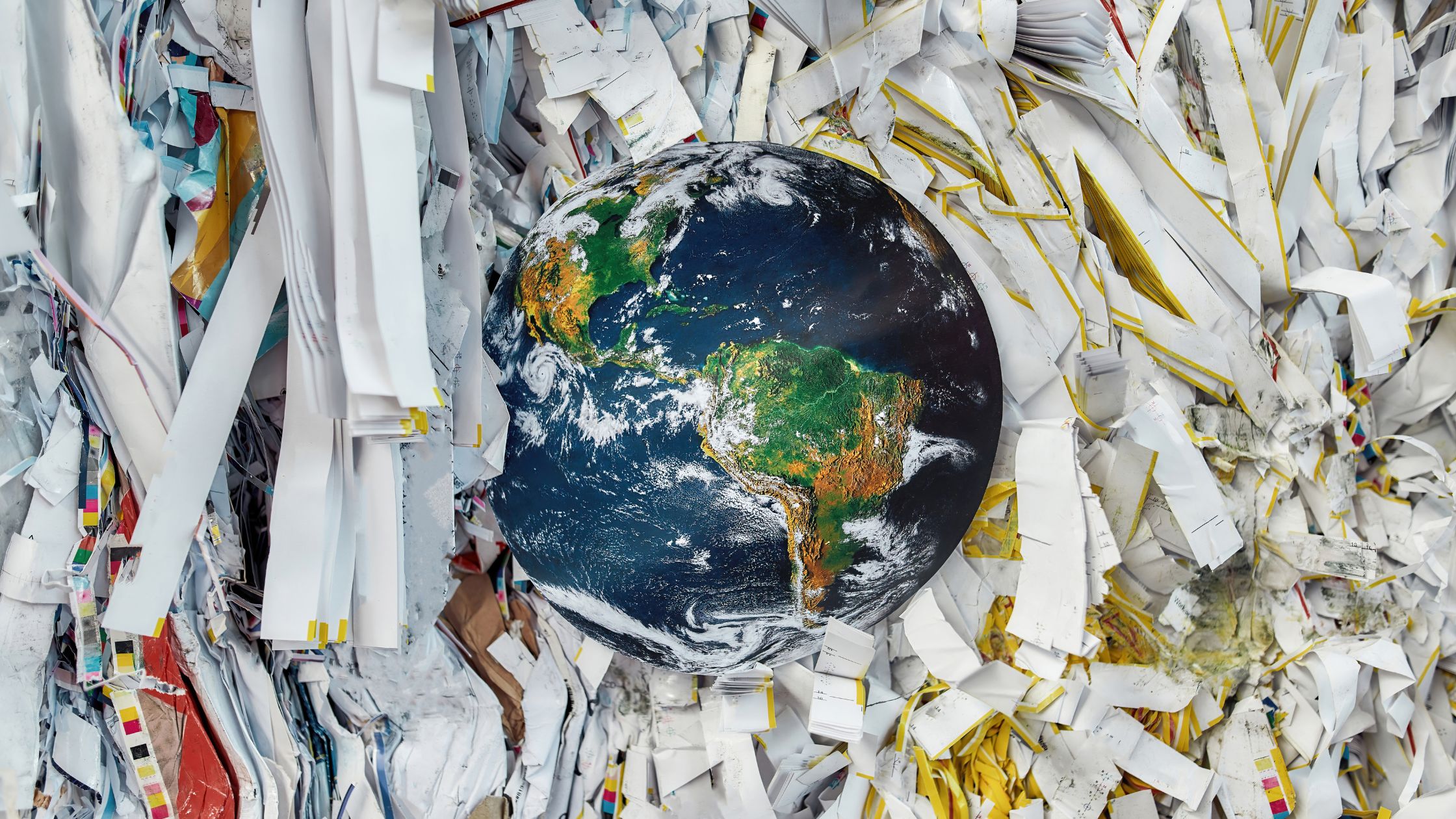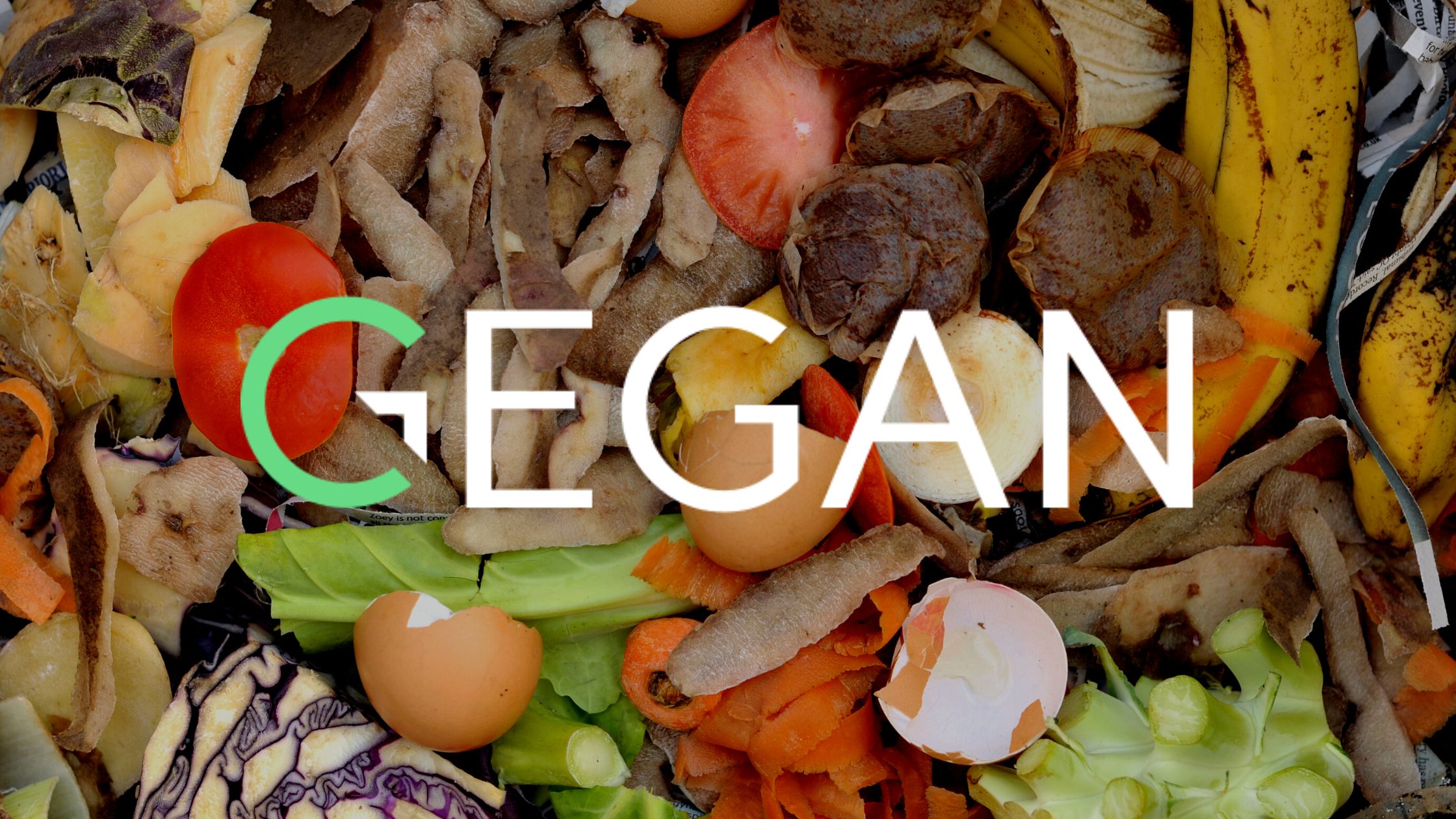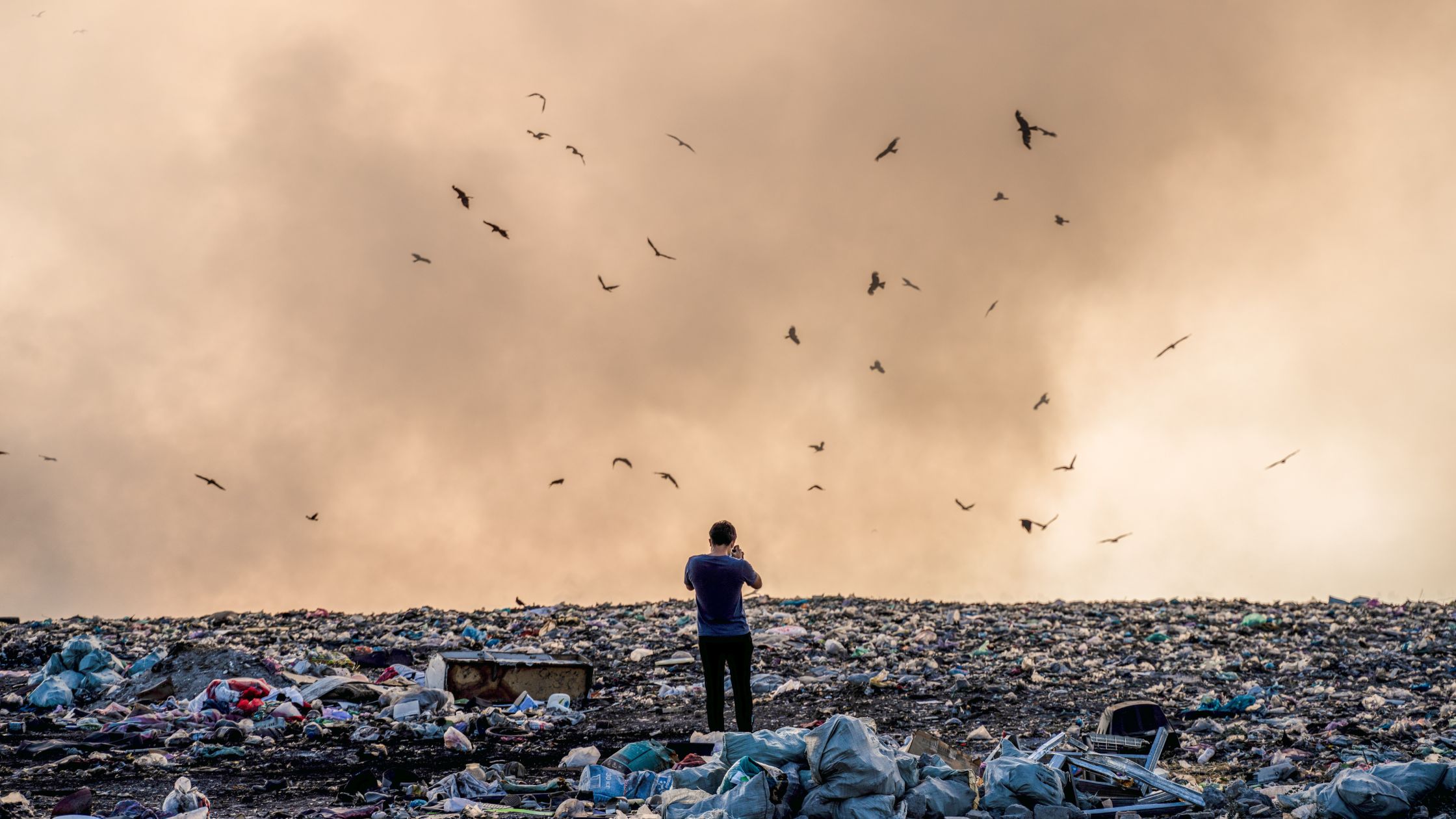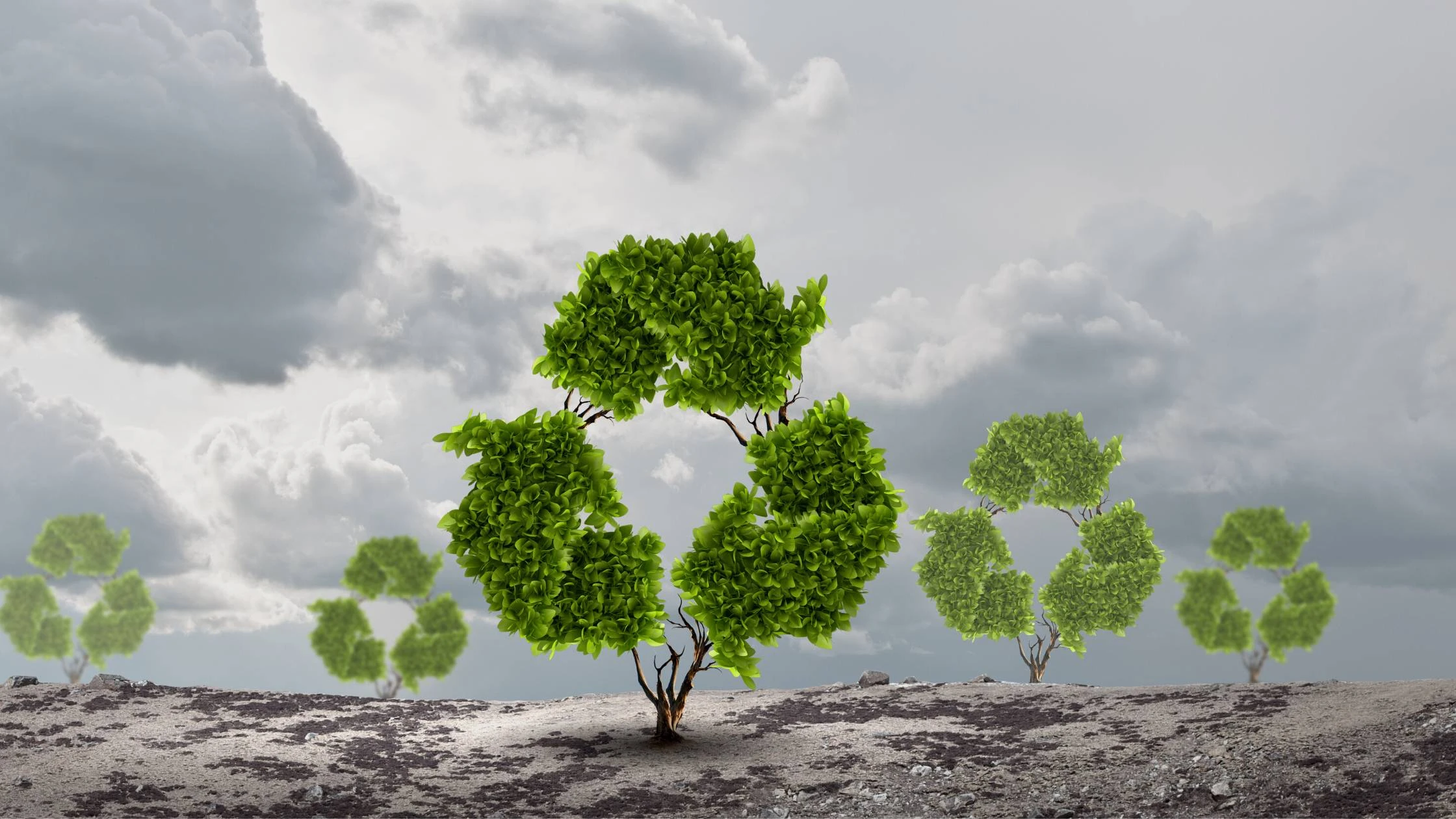As plastic waste continues to be a global challenge, pyrolysis has emerged as a potential game-changer in managing this ever-growing problem while also unlocking alternative energy sources. Although pyrolysis has been around for centuries in various forms, its recent rise to prominence has been driven by its application in the Middle East, where it’s been used to process large numbers of used car tyres and other rubber materials. Join us on this fascinating journey as we delve into the world of pyrolysis, exploring its inner workings and applications, with a focus on plastic waste.
The heat is on: unveiling pyrolysis
At its core, pyrolysis is a thermal decomposition process that takes place in the absence of oxygen. This intriguing process breaks down complex organic materials into simpler compounds by exposing them to high temperatures. From biomass and coal to waste materials like plastics and rubber, pyrolysis has a wide range of applications. The end products of pyrolysis are typically a mix of solid, liquid, and gaseous fuels.
The chemistry of pyrolysis: how it works
When plastics undergo pyrolysis, they experience chemical changes at high temperatures. Within a reactor, the heat causes the polymer chains in the plastic to break down into smaller molecules, yielding a medley of gases, liquids, and solid residues. These products can then be further processed and refined for a variety of uses.
Pyrolysis comes in several flavours, including slow, fast, and flash pyrolysis, each with its unique temperature ranges, residence times, and heating rates. Fast pyrolysis is often the method of choice for plastics, as it operates at high temperatures (around 500°C) and short residence times (mere seconds), resulting in a higher yield of valuable liquid products.
The power of pyrolysis: diverse applications
Waste management and recycling
Pyrolysis shines as a solution for processing plastic waste, particularly in the Middle East, where used car tyres and other rubber materials are abundant. Offering an eco-friendly alternative to traditional waste disposal methods like landfilling and incineration, pyrolysis transforms waste plastics into valuable fuels and chemicals. This process not only contributes to a circular economy but also reduces the demand for virgin materials.
Energy production
Liquid and gaseous fuels derived from pyrolysis, such as bio-oil and syngas, can be used as alternative energy sources. Pyrolysis oil can be employed directly as fuel or refined further into chemicals and materials. Syngas, on the other hand, can be combusted for heat and electricity generation or upgraded to produce chemicals and transportation fuels.
Chemicals and materials production
Beyond fuels, pyrolysis can generate valuable chemicals and materials from plastic waste. For instance, some plastics can be converted into chemical feedstocks, like olefins, which are used in producing various consumer goods. This process, known as chemical recycling, offers an alternative to mechanical recycling, which can be limited by the degradation of material properties over time.
Navigating challenges and limitations
Despite its promise, pyrolysis is not without challenges and limitations. One concern is the potential environmental impact of the process, particularly regarding greenhouse gas emissions and the generation of toxic by-products. It’s essential to manage and treat these emissions and by-products effectively to minimise pyrolysis’ environmental footprint.
Another hurdle is the economic viability of the process. Establishing pyrolysis facilities requires significant capital investment, and the cost of processing waste plastics can be high. Moreover, the market value of products obtained from pyrolysis can be volatile, which may affect the profitability of such operations. Technological advancements and economies of scale could help reduce costs and increase the competitiveness of pyrolysis in the waste management and energy sectors.
Furthermore, there are concerns about pyrolysis’s impact on the overall plastic waste management hierarchy. Pyrolysis should not be viewed as a standalone solution to the plastics problem, but rather as part of a comprehensive waste management strategy that prioritises waste reduction, reuse, and recycling. Overreliance on pyrolysis could detract from efforts to reduce plastic consumption and improve recycling infrastructure.
Harnessing the potential of pyrolysis
Pyrolysis holds great promise in addressing the global plastic waste problem, especially in regions like the Middle East, where large amounts of used car tyres and other rubber materials are processed. By converting waste plastics into valuable fuels, chemicals, and materials, pyrolysis can contribute to a circular economy and provide alternative energy sources.
However, it’s crucial to recognise the limitations and challenges associated with pyrolysis, including environmental concerns, economic viability, and its role within the broader waste management hierarchy. As such, pyrolysis should be considered as one part of a comprehensive strategy to manage plastic waste, alongside efforts to reduce consumption, promote reuse, and improve recycling infrastructure.
By understanding and addressing these challenges, we can work towards a more sustainable future where pyrolysis plays a valuable role in waste management, energy production, and the creation of new materials from waste plastics. Embracing the power of pyrolysis will pave the way for innovative solutions that contribute to a cleaner and more sustainable world.




